
A Beginner's Guide to Flower Arranging
Fresh flowers. They always seem like a good idea. Their color and texture breathe life into a room. A farmer’s market with rows of interesting choices, a country roadside full of wildflowers, even a pre-made supermarket bouquet on the way to check-out — all inspire visions of sweet little bunches for the entryway and the bedside table, the mantel and the kitchen counter. Picking them up and carrying them home in a shopping bag makes me feel like a bit of a domestic diva. Until I remember that I have to do something with them, that these lovely blooms won’t magically arrange themselves, that whatever I do they never end up looking quite…right.
Admittedly, I tend to overthink things, but I’m sure I’m not the only one who’d like a few pointers on how to put flowers in a vase correctly. So I asked a colleague, who knows more than a thing or two about floral design, for a hands-on lesson that I could document and share here.
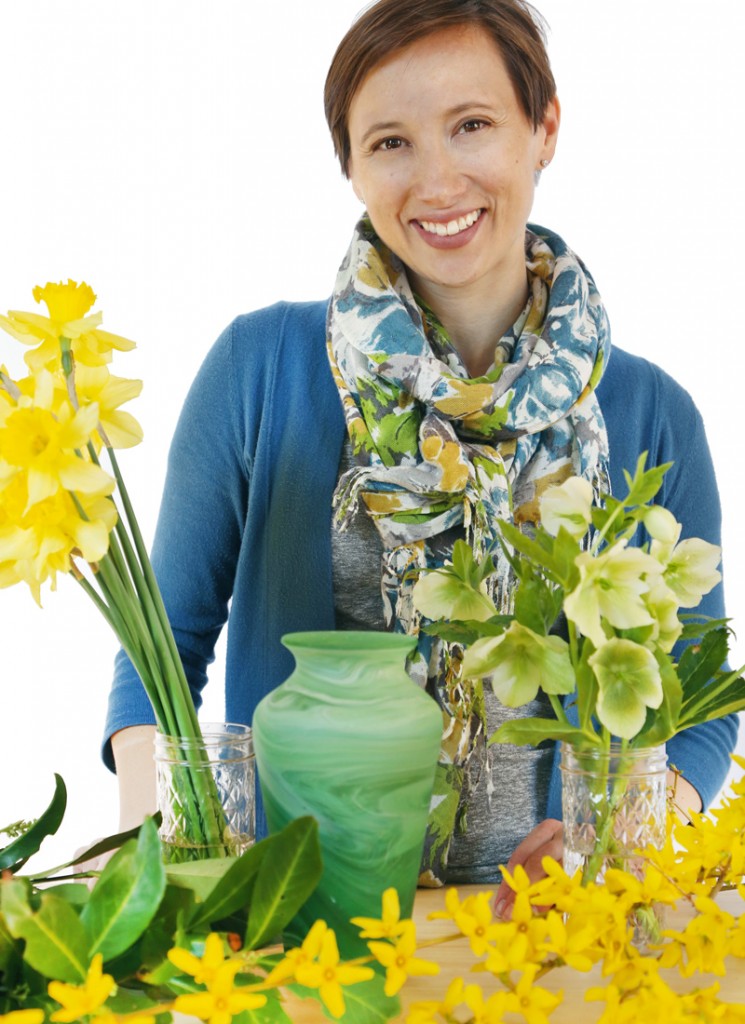 She is talented and patient and gracious, but the fact is, floral design is an art— one that people spend years studying and practicing. So, much like you can’t recreate a Monet with a coloring book, I didn’t get a paint-by-numbers instruction. What I did come away with was even better: a deeper appreciation, the confidence to give it a try, and these helpful tips.
She is talented and patient and gracious, but the fact is, floral design is an art— one that people spend years studying and practicing. So, much like you can’t recreate a Monet with a coloring book, I didn’t get a paint-by-numbers instruction. What I did come away with was even better: a deeper appreciation, the confidence to give it a try, and these helpful tips.
Flower Arranging
Disclaimer: For this exercise, I chose the flowers myself – and I made a rookie mistake. I was so caught up in the variety of flowers available at our farmer’s market, I picked one or two stems of almost everything. This presented a few challenges when it came time to put our arrangements together. Next time, I’ll remember …
Buy or pick in odd numbers.
A single stem in a bud vase is simple elegance. And you can get away with one statement bloom, like a hydrangea or a sunflower, to star in an arrangement. Three stems of something visually strong, like a delphinium, for example, work really well, too.
Know your plan and choose a container.
Do you want to use the flowers for a centerpiece? Choose a bowl or other shallow vessel that won’t obstruct conversation. Are you hoping to fill a spot on a desk or mantel? Then you probably have more height to play with and can use a taller vase or pitcher. Lilies and gladiolas would be a good choice; these flowers need a tall, narrow vessel to keep them standing straight.
Start with the greens.
If you purchased a supermarket bouquet, take it apart. Separate the flowers from the greens. If you picked your own flowers or chose loose cut stems, go outside and cut some greens. Stay away from evergreens unless it is wintertime, but otherwise, a bush or shrub with 1 to 2-inch leaves should do nicely. Laurel and boxwood are good examples.
Add a few pieces to the vase at differing heights to start. This creates a helpful framework to build on.
It’s in your hands.
You might want to create the arrangement in your hand in order to adjust flower placement before committing to the cut.
And…cut.
Place the tallest flower in the center and work outward. As a rough guideline, stems should be no longer than the height of the vase plus one-half. Be sure to cut woody stems at an angle and fray or smash the ends. And strip all stems of anything green that falls below the top of the vase. (This prevents smelly water!)
Get a little help.
River rocks, recycled deli containers and even bunched up plastic grocery bags placed in the bottom of an opaque vase can help to anchor stems in place. You can also use florist tape or even masking tape to create a grid across the top of the vase to guide stems into place.
A mix of garden or wildflowers has a relaxed, casual, almost farmhouse feel. More modern and dramatic looks can be achieved by using only one kind of flower and only one color. (Try this technique with the otherwise-ordinary carnation!)
But my favorite arrangement of the day wasn’t much of an arrangement at all. It looked natural and organic, like I just scooped up a little spring and brought it inside. It was yellow and cheery and bright. It reminded me of my mom and it made my heart happy. It wasn’t quite haphazard, but it wasn’t overly orchestrated, either.
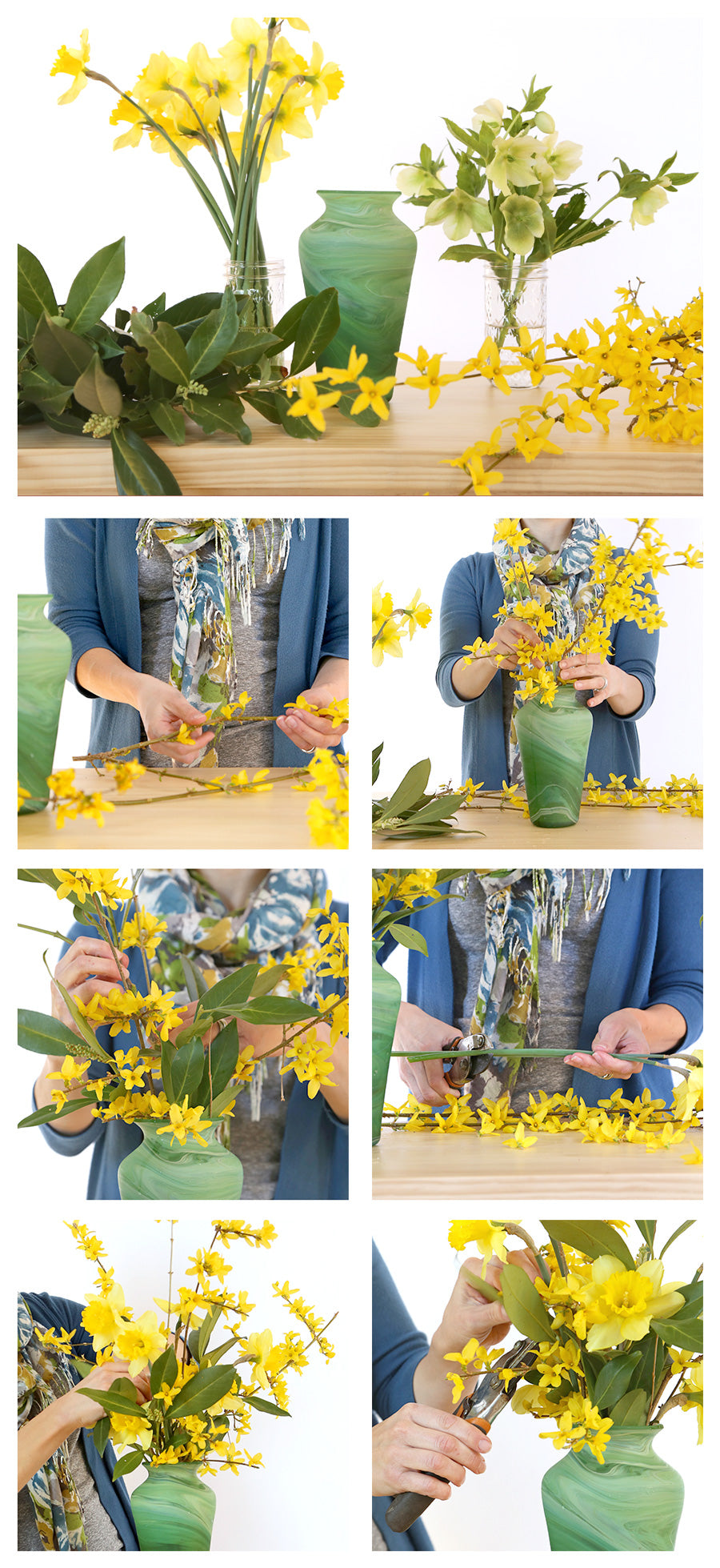
And this was perhaps the most profound and encouraging takeaway from my flower arranging lesson: I don’t need to create something in which every piece is perfectly placed, even and symmetrical. Leave the principles of balance, proportion, and repetition to those who have studied design. The rest of us can take a deep breath, pick up those garden shears and have a little faith in the simple pleasure of flowers. Mother Nature has a way of holding her own.
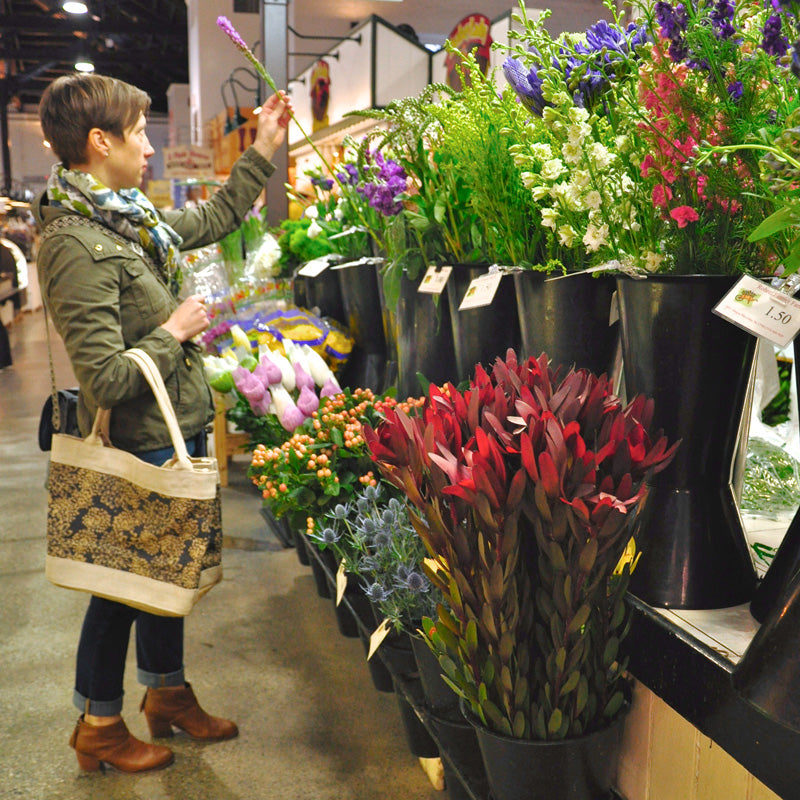


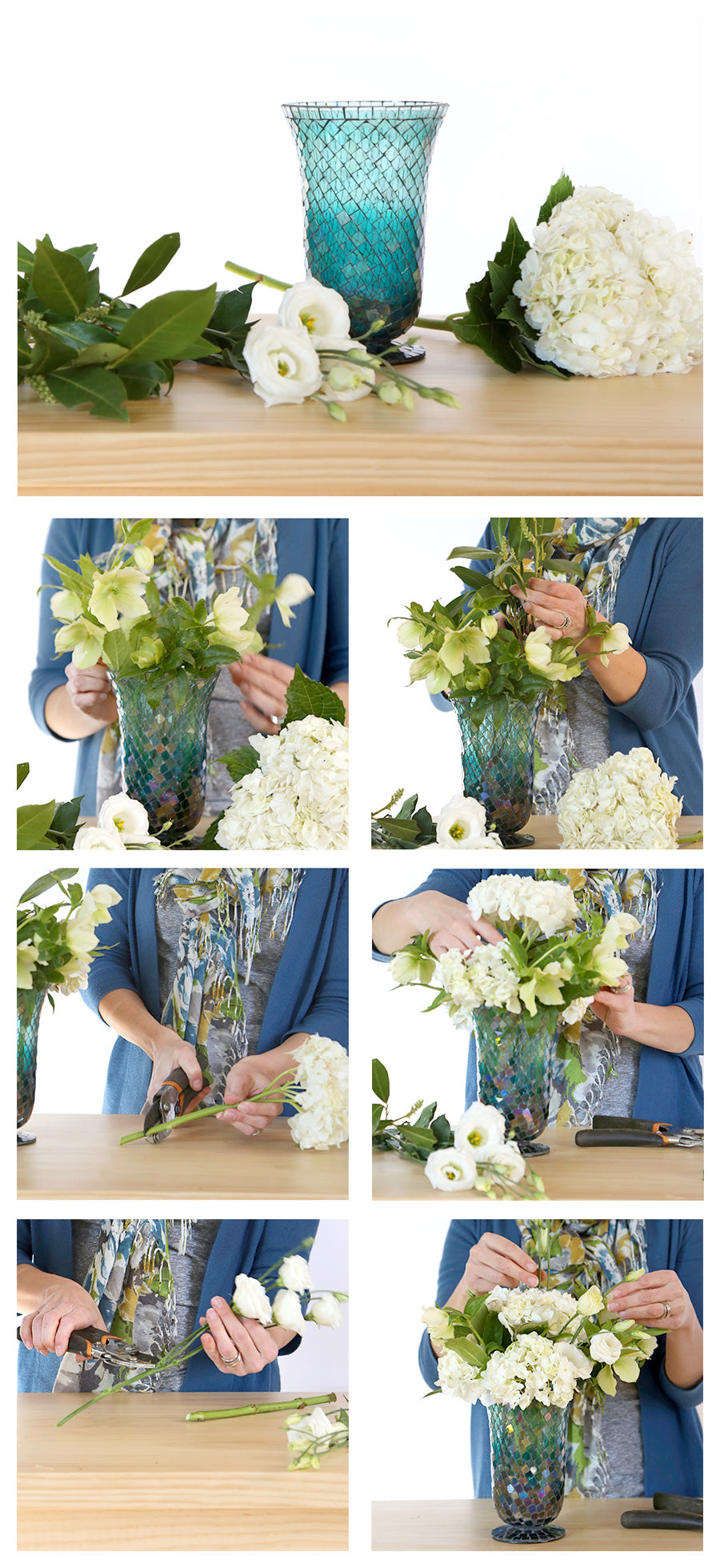
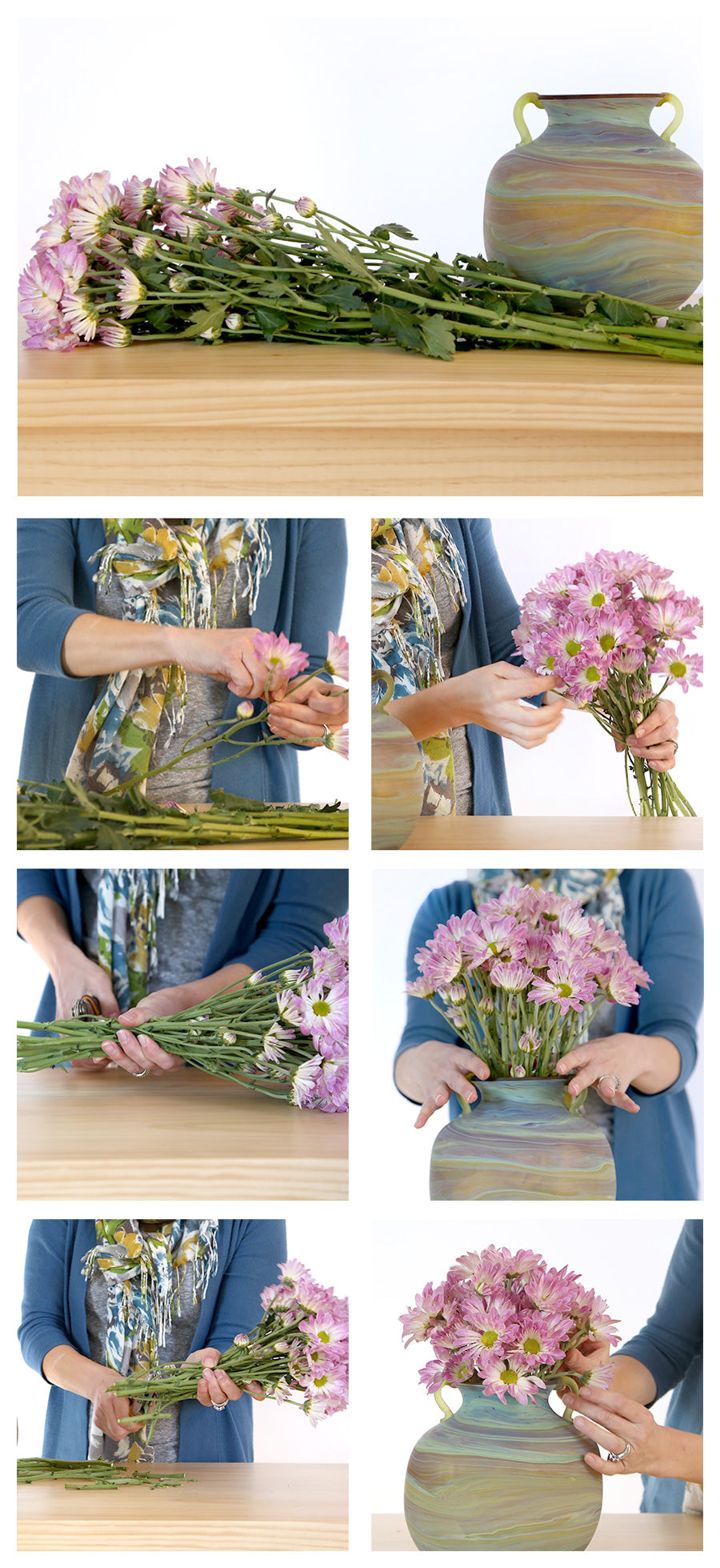
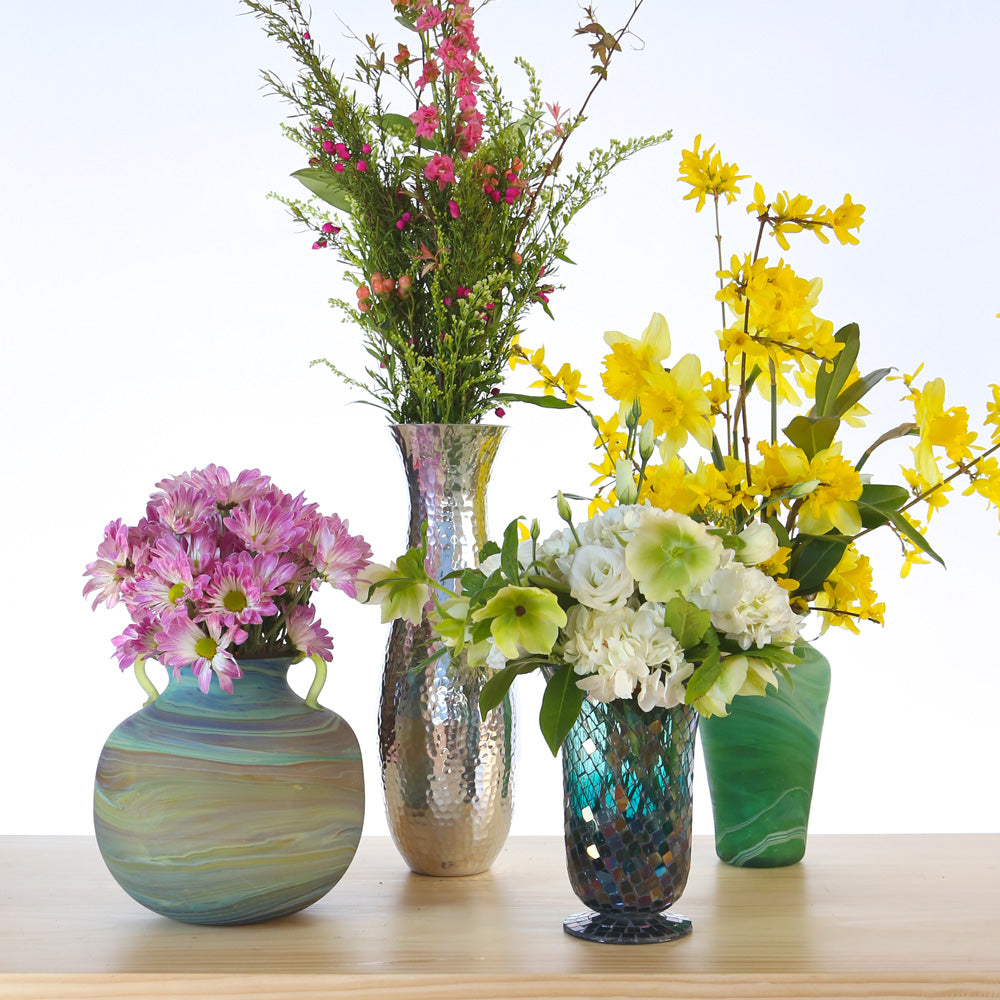

Leave a comment